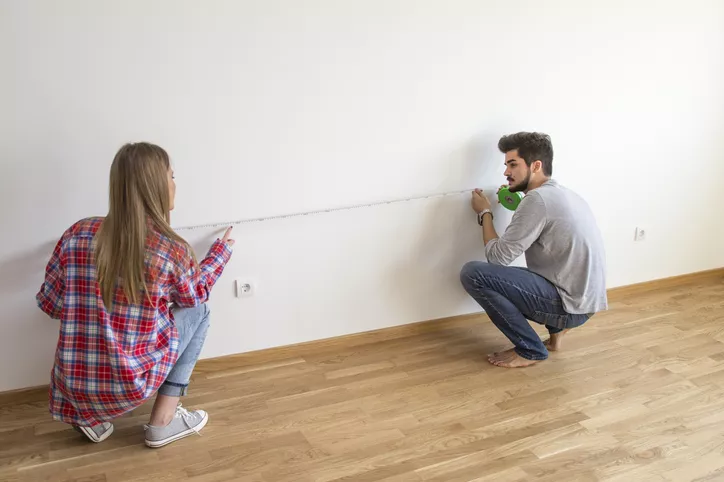
When you visit a property, certain points have to be borne in mind to assess its relevance and its interest.
1.Assess the space
Remember to check which way the building faces to ensure that you benefit from the necessary light and note the sizes of the rooms to be sure that your current or future furniture will fit.
2.Do the sums
Try to estimate how much the work you would like to do will cost and make sure that this is feasible. Make a note of the presence of load-bearing walls or asbestos, for example. If possible, arrange to be accompanied by a specialist.
If the building is held in joint ownership, don’t hesitate to inspect all the common areas, lifts, entrance hall, letterboxes, cellars, etc. to gain an idea of what condition they are in and thus see how involved the joint owners are in the maintenance of their building. Ask for the minutes of the most recent general meetings to find out about work that has already been carried out and any work that is planned in the future. This will impact on your future costs or your return if you are buying as an investment. Are the amounts of the working capital and the reserve fund of the joint ownership association sufficient to ensure that the building is properly managed? Do any of the joint owners owe debts to the joint ownership association? Is the joint ownership association involved in litigation with a third party? Do the basic deed of the building and the proportions correspond to the actual situation? Has the joint ownership association taken out a loan to have work carried out?
3.Pay attention to details
Electricity, gas, heating, plumbing, bathroom facilities, etc.: all these installations need to be checked. Ask to see the electrical diagnosis and the energy performance certificate which the owner or the real estate agent are obliged to give you.
4.Expand your horizon
A lively district, a building that overlooks a main road, a bar on the ground floor, a railway station or a school nearby, etc.: certain external elements will impact on the sound comfort of your future home. So take the time to visit the surrounding area at different moments during the day and – why not – ask the neighbours what they think.
5.Look to the future
Find out about any developments planned by the authorities in the future. That way, for example, you won’t lose the lovely view that really captivated you because a new building goes up opposite. To do this, consult the urban planning department of the commune in question.
